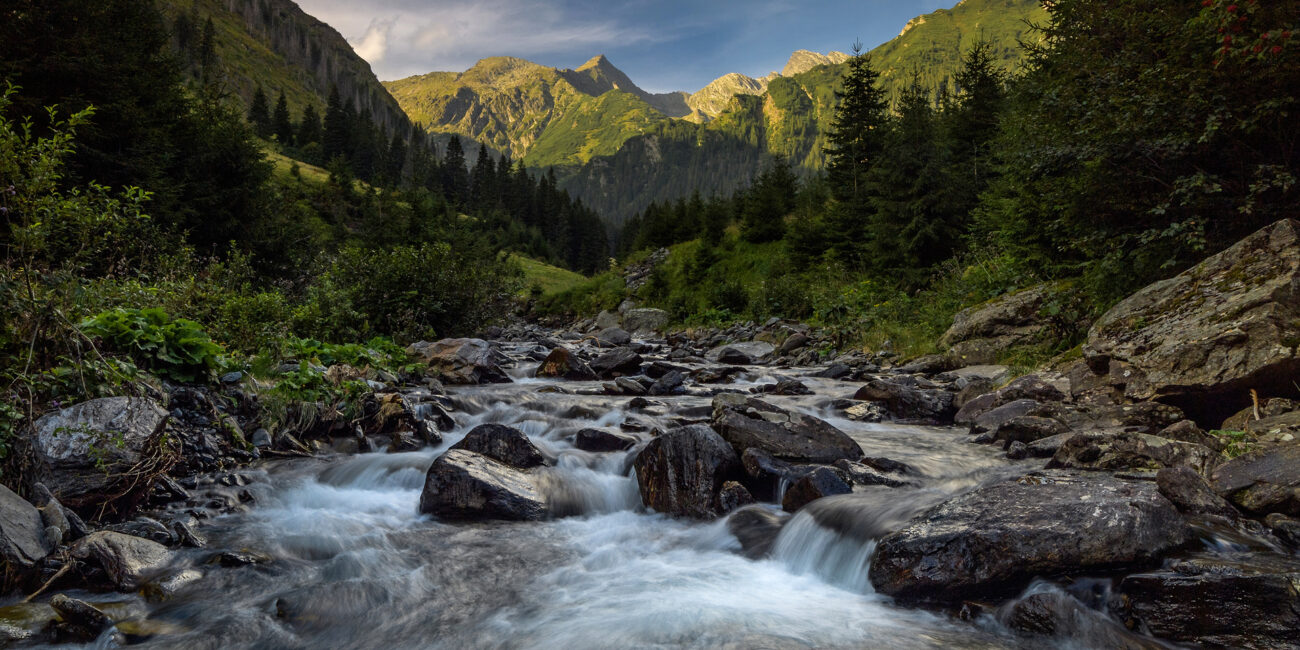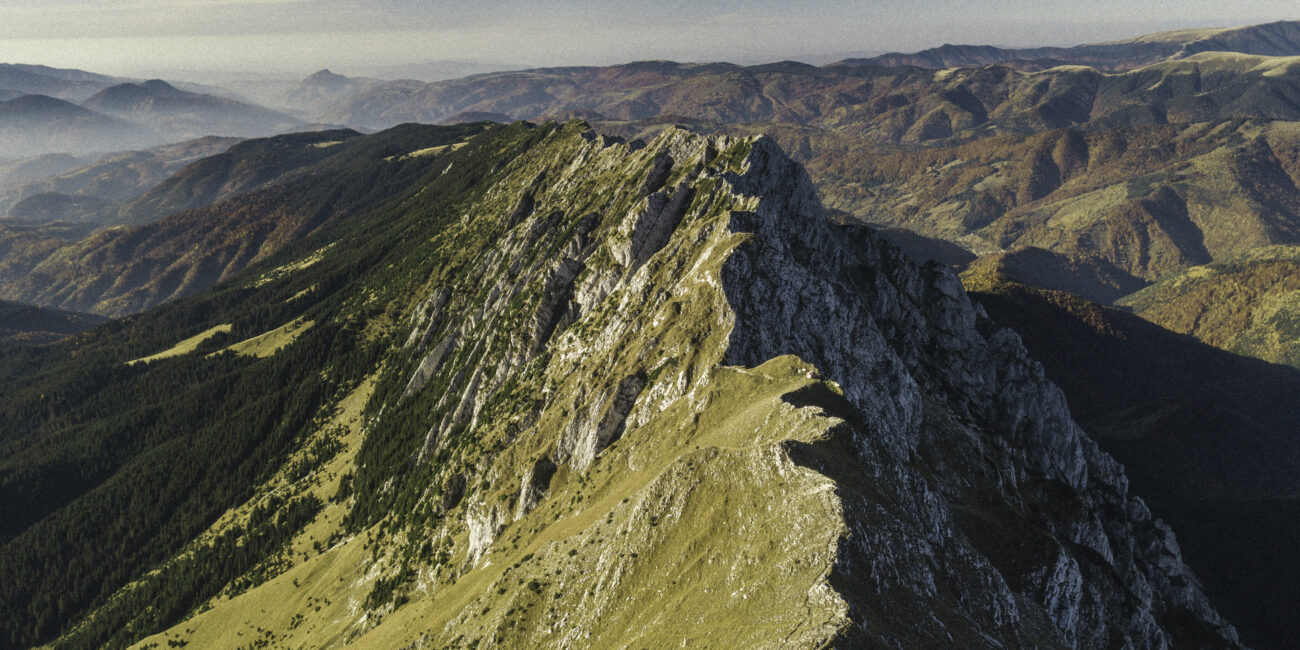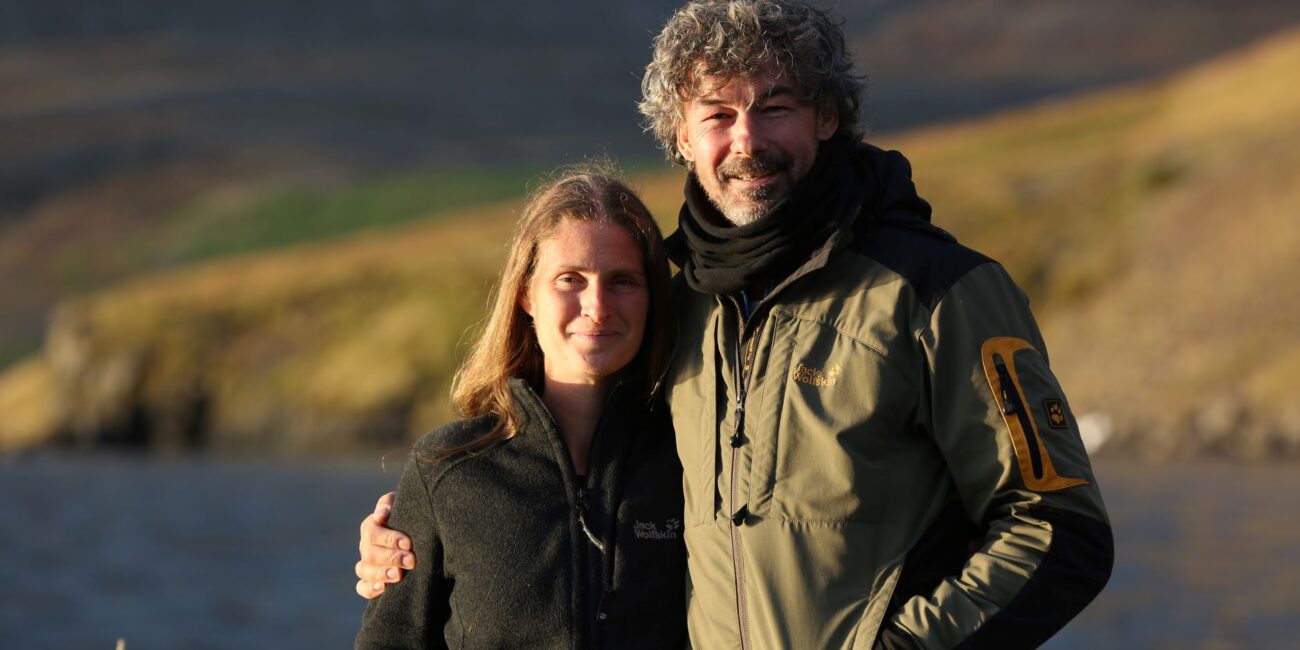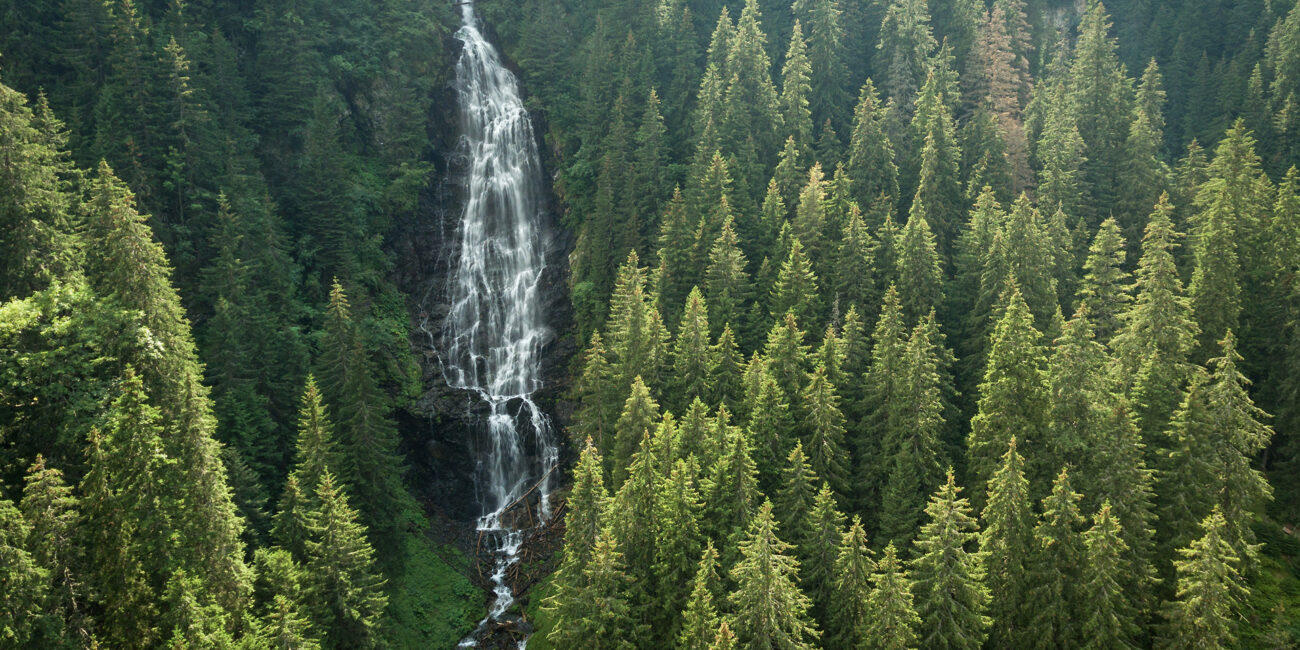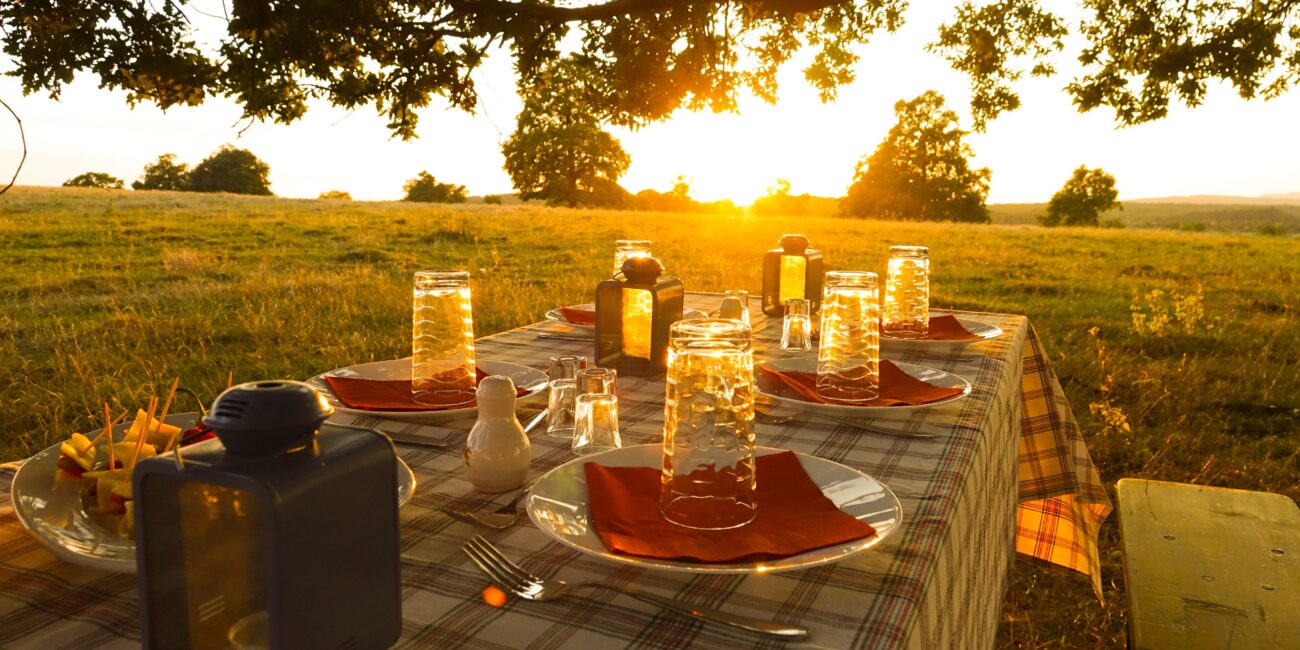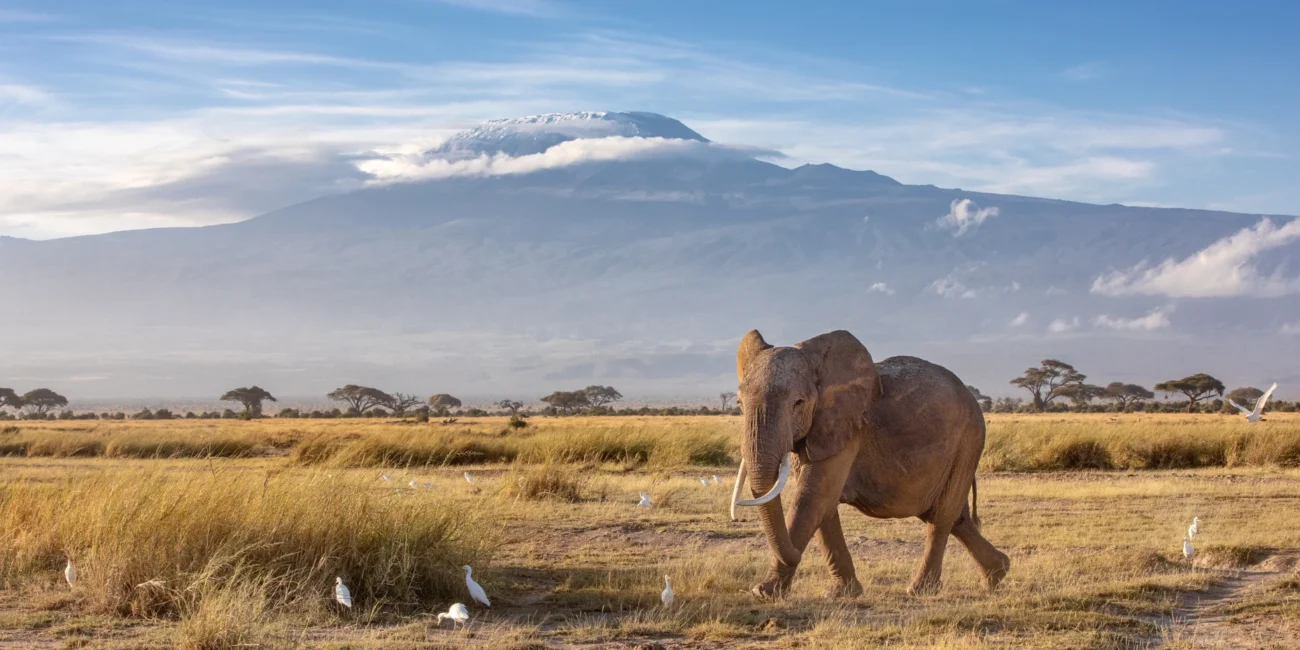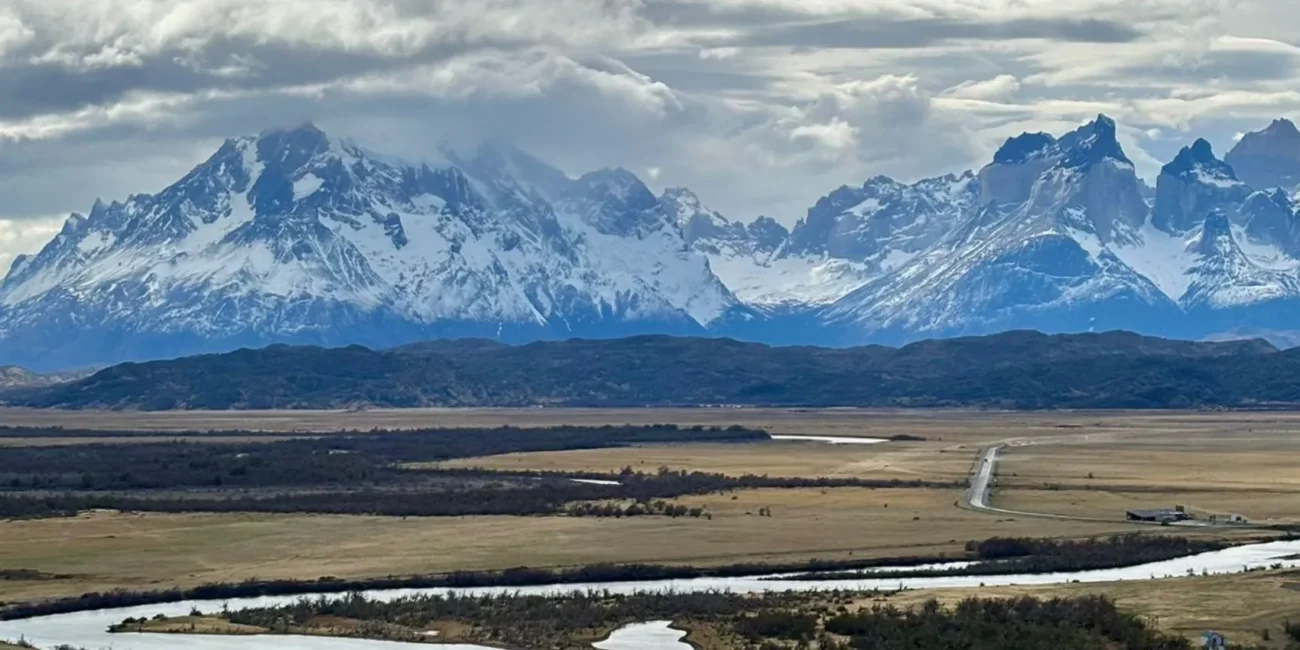Two months after our Journey across the Romanian Carpathians we sat down with Annabel Heseltine, conservationist, travel writer and journey guest, to hear her reflections on this impactful experience. During this insightful conversation, Annabel reflected on the rarity of exploring raw wilderness, the awe-inspiring work of Foundation Conservation Carpathia (FCC), co-founders the Prombergers, and the importance of getting people back to nature.
Next year, between 15th-23rd June 2024, we will return to Carpathia. Hosted by the Prombergers, our guests will discover one of the world’s most ambitious and inspiring restoration projects, the creation of Europe’s largest forest National Park: the Carpathian Mountains. For an enriched understanding of what the journey entails, read about Annabel’s experiences with us and FCC during her journey with us last year below.
View the full itinerary for our 2024 journey here.
Photo credit: Dan Dinu
Having left Carpathia, and looking back and reflecting on the experience, what was your biggest impression from the experience?
It’s the largest project that I’ve ever seen and certainly the largest in Europe. I think it’s very easy to forget that there are these huge wild expanses of wilderness – it’s like you are going back in time, and seeing back to the way people lived then. To go into real wilderness, which is hard to find in western Europe; that is very special. So that was my big takeaway.
Oh, and the mushrooms were amazing! I’ve done some amazing travelling in my time, but there was something about the virgin forests and the mushrooms that grew there that we ate. I learnt so much about the different vegetation on the ground and the different lichens. That’s obviously one of the huge advantages of going out with the people who have founded a conservation project, like the Prombergers, who have been there for 30 years. They know the land like the back of their hands.
They found a waterfall they took me to and Christoph said to me whilst we were there: “You are so privileged, you are probably the twentieth person that has ever stood beneath this waterfall”. And that is so humbling. This massive waterfall in the dark woods. We walked for maybe 45 minutes, scrambling up and down hill slopes and crossing streams. Literally trudging through mud about 8-inches deep. And then suddenly there were some mossy rocks and it was rising up beside us. This cavernous cathedral of rock going all around with a waterfall at the back. And then, amazingly, an owl whistles through the trees. I say whistles. It was totally soundless. But it was the middle of the day and this created a completely different atmosphere. It was magic.
Photo credit: Andreea Lotak
Totally magical. It’s unapologetic wilderness in its purest form. And for us, that’s such a rarity to experience. Being able to hike for two, three, four hours at a time and still be completely surrounded by these towering spruce trees and the sound of woodpeckers in the background, with nature going about its business.
Exactly! And not seeing anybody else. You can often go into wilderness places and be in the company of others. I’ve spent three weeks living in Yellowstone and there were always people around me. I mean, yes, you can get off the beaten track, but in so many parks or national parks you’ll see other people. But in the Făgăraș Mountains, if you start to wander off a slope, there are no big houses. There is actually nobody living there in a park of about 250,000 square hectares…and they’re trying to make it 300,000 square hectares, which is huge!
It is huge. And that’s why it’s being considered the European Yellowstone. Did you see that connection as its European counterpart?
Absolutely, yes. Nature is messy. Trees joyride down slopes and take others off their paths. Maybe after a storm, the roots are loosened and they are left to lie where they fall for hundreds of years. That’s what I remember seeing in Yellowstone and that was 20 years ago, just at the beginning of the wolf reintroduction. And the scientists and wolf watchers were crawling all over it. It was amazing to be there. So it’s incredible that the Prombergers are reintroducing bison and they’re just wandering around in the wild. The beef has been bought back and now they’re working on vultures!
There is that sense of the aspiration to the perfect imperfectness of nature. It is messy and so often when you go to places you see gravel paths, or a sign, or somebody tells you which way the trails go. But in Romania, when they say it’s a wild walk, it’s a wild, wild walk! It just gets wilder and wilder, and so beautiful too; the forest, the mountains, the wildflower meadows. All are untouched and sort of looked after by a very gentle process of a bit of grazing of animals and maybe taking the hay off once a year. And in some places, they’re not doing that either! The flowers are just carrying on as they’ve always done. In so many places in the world people talk about wilderness but there’s a sign, or a path, or a picnic bench. This isn’t quite the same.
Photo credit: Calin Serban
Foundation Conservation Carpathia is very much honouring the wilderness sensitively, allowing people to come and be involved and experience it. What was your impression of Romania? Was it your first time there?
It was my first time. The Romanians that looked after us when we were on the trip with Journeys With Purpose were absolutely delightful. Apart from one person, I know FCC makes a point of employing only local people. Quite rightly too, because they are charming, creative, huge fun to be with, and so caring. Andre, who was our guide, was just delightful.
There is a lot of poverty so I think I was really struck by the Prombergers’ awareness of that with their work for conservation and how they included local communities. The Prombergers arrived in the early 1990s to study wolves and big carnivores, which was their passion. They did that for 10 years. And then, aware of the fact there was a big issue around logging, they realised that this beautiful wilderness was badly threatened. In order to protect this land the Prombergers needed to find a way to build up the economic strength of the community and of course they’ve done this in so many different ways.
On a very practical level, they are helping small, local companies find a market where they can sell their products within their hubs. And on the educational side with the buildings, such as the bison centre and the beaver centre, they’re educating the new generation. They’re providing a greater understanding of the environment the local people are living in. Of course, if you live on the farm you are aware of this. But not everybody is like that, they’re moving into towns and that changes the situation.
Photo credit: FCC
I think that is what is wonderful about FCC and the Prombergers. They are really showing the importance of conservation and community being intertwined. I think of the privilege of spending that week with the Prombergers. Walking the walk as they do, learning insights from them, spending time next to them in the evenings and having sundowners. Getting insights from these pioneers was such an extraordinary experience. What do you think makes them such successful conservationists?
There is such passion in both of them. I never heard one second of doubt. And in a world where people doubt themselves, they doubt each other, they doubt governments, there was so much trust in what they’re doing. I believe when one is aligned with something that is really good and powerful then things work with you and things fall in place. I know that they’ve had challenging moments; especially in the beginning. I think they had threats from the logging companies. But now there are big goings on, they’ve got huge backers and we’re seeing the fruits of what they’ve done. The clarity, focus, confidence and true sense of utter conviction that this is the right thing to be doing. I think that’s probably the most extraordinary thing they’ve got about them.
I was very inspired by the Prombergers. It was amazing to spend time with people that show you what happens when you have the courage to step outside and go forward with a dream. They were living on straw in a mountain hut when Paul Lister went to stay with them back in the early 2000s. And now they’ve taken a dream, they’ve made it work, they’ve never doubted themselves. We’ve had the same story of take, take, take throughout the last 150 years. And the Prombergers are people who are looking around thinking how can we change the story? These people are inspirational.
But also we haven’t even talked about those incredible oak pastures yet! 20,000 hectares they’ve got. When you go and sit in one you know there are no boundaries, it just goes on and on and on. Eating out underneath the oak trees the first evening was a wonderful way to arrive.
Photo credit: Dan Dinu
Some of those trees are 7m in circumference – that blows my mind! And they’re 900 years old. I felt very juvenile underneath those oaks. And actually the happy surprise was the food I thought.
Yes, the food was delicious. I know the Prombergers make a point of educating the guesthouses and the places we stayed so we are eating food that’s local. Understanding, especially in a country as fertile as that, the value of eating what you’ve got. Keeping it seasonal and valuing what’s all around you.
Do you remember that night having our eight course menu on the top of the mountain? We’re enjoying some organic Romanian wine and suddenly we turned around and we saw a family of bison coming towards us!
That was absolutely hysterical! And they really are not very wild. You start with a photograph of an animal and it is 150m away, nothing more than a pinpoint in your camera, and by the time you finish it’s 10ft away from you. I hasten to add we had a fence between us which was probably quite a relief because they’re fairly large! We really were in the wilderness. It was amazing!
Taking a helicopter was also an interesting addition. It created a debate. Was it the right thing to get into a helicopter and to fly? But Christoph was very clear again about why he was doing this. He said “I want you to understand the huge scale of the area that we are protecting”. And being up there you could see it just went on and on, range after range.
I know that Christoph doesn’t do anything without considering its value. He said: “We’re not using helicopters just to make life easier. We will use them when it becomes expedient to convey the message of why we are there. This is a very large wild area. It’s under threat from logging. And we saw that. We saw the scars. And we want to tell people about it so they will help support us”. Their whole mission is about getting those 23 mayors on side. I know they have 8 in the bag so far and they need half of them plus one. And once they’ve done that the government can’t say no to a national park. And that is the beacon on their forehead. That is what they want to do. And everything is working towards that.
Photo credit: Cobor Biodiversity Farm
Europe’s largest forest national park. It’s a legacy that we’ve experienced. And hugely exciting. And hopefully it has left you feeling inspired, empowered and hopeful about the world and the way we’re going.
When I went back into conservation it was because I was getting more and more worried, more and more agitated. It was over lockdown. I completely forgot I’d done a masters degree and my background back in the 1990s when nobody wanted to know about conservation was that I did write about it. And then I came back to it. It’s been an amazing journey to see how people are so much more responsive now, but also worried. There is a lot of worry. The negative stories that come at us, bombard us every day are very scary. And the best way to combat that is to do something. Rather than getting into your head, it’s about finding a way to be actively involved. However that might look.
My generation has been the throw away generation. We’ve just got used to the idea we can have what we like, not thinking about giving back. We’ve been more and more detached from the land and the social fabric of our country. We’ve become very cut off, very shut off. Going back to nature and facilitating that through national parks is a very, very important aspect of it. All over the world we have this disconnect, but we also have this awareness. And now we need to work on fostering that awareness, spreading it out and bringing people back in touch with nature. It’s the best way to bring us back in contact with the world we live in and bring back the appreciation of what we’ve got and the support we can then give the natural world, whatever that looks like for each of us.
To find out more about our Journey to Carpathia contact us below.
DIG A LITTLE DEEPER
Exploring Europe’s Yellowstone, Romania – June 2023
Creating Europe’s Yellowstone, with Barbara Promberger
In Conversation With: Conserving Carpathia
Ecosystems of the Făgăraș Mountains
View our 2024 Calendar of Flagship Journeys here.
